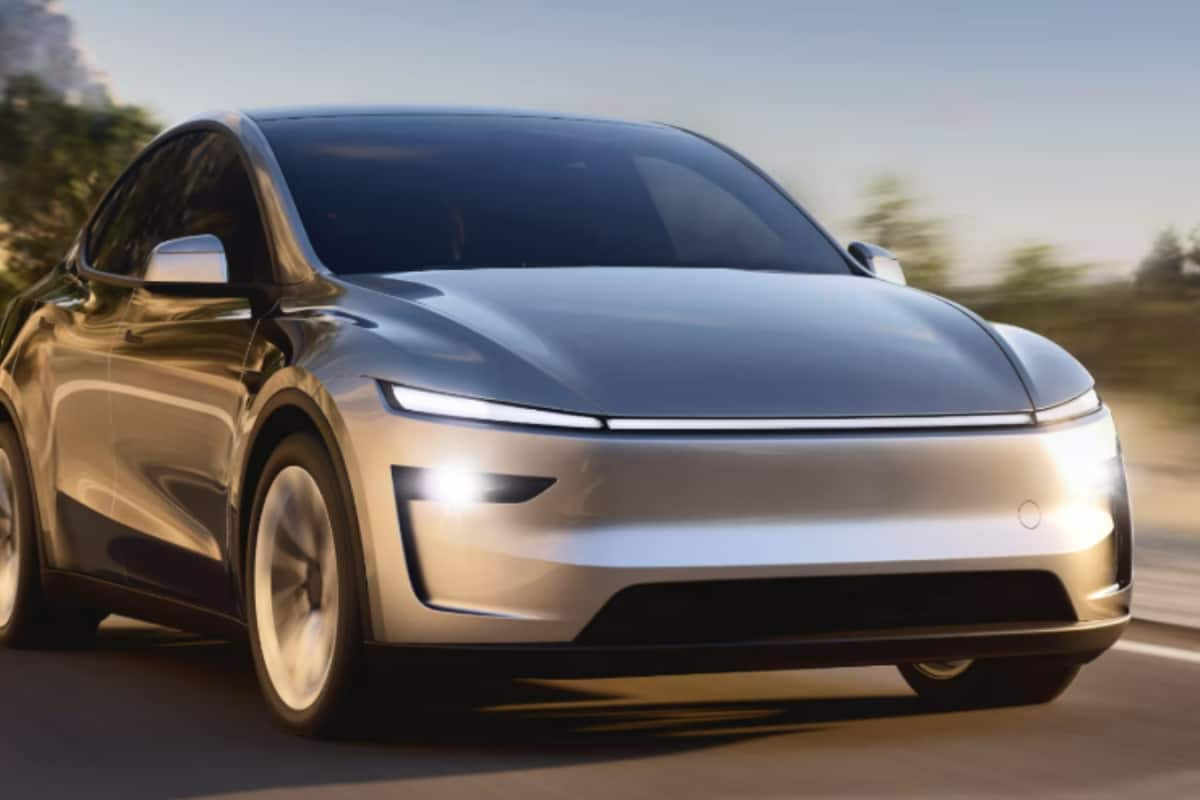EVs and Policy
The automotive industry is undergoing a period of substantial transformation. Electric vehicles (EVs) are becoming increasingly prominent, and the policies
that guide this transformation significantly affect the sector. The policies set forth by governments, including those concerning tariffs, subsidies, and environmental regulations, significantly influence the growth and direction of the EV market. Shifts in policy can lead to either expansion or contraction in the manufacturing of EVs and associated components. This highlights the crucial role of policymakers in shaping the future of the automotive sector and the economy overall. These factors have led to an increase in competition and innovation in the automotive market, while at the same time creating challenges for manufacturers and consumers alike. The dynamic relationship between policy, production, and consumer demand continues to shape the path forward for EVs.
The Battery Belt's Role
The term 'battery belt' is used to describe the region where much of the manufacturing of EV batteries and associated components occurs. This area has become strategically important in the automotive supply chain. This concentration of manufacturing represents a significant economic shift, with investments in this area leading to job creation and economic growth in the locales. However, this also means this area is very sensitive to changes in EV policy, as these policies can affect the industry's growth. The success of the 'battery belt' is tightly interwoven with government support, consumer acceptance, and the evolution of the overall market. Thus, changes to policies affecting the EV industry would heavily impact the economics of this region.
Manufacturing Implications
The manufacturing of EVs, including battery components, is greatly affected by governmental decisions. These policies can have a large impact on the location of manufacturing facilities. Policies like tax incentives and tariffs have a direct impact on manufacturers’ choices. For example, if tariffs are imposed on imported components, it could boost local manufacturing to cut costs and evade tariffs. In contrast, the absence of such incentives could shift investment to regions with more favorable policies. The changes to the manufacturing of EVs can affect the labor market. The creation of new jobs in battery and EV manufacturing often requires specialized skills. Such shifts could also result in job losses in industries that rely on older technologies. Changes in policies would alter the production volume and locations, shaping the future of jobs and the economy in the manufacturing sector.
Economic Consequences
The economic effects of EV-related policies are far-reaching. Investment in the EV sector can bring economic growth, boost innovation, and create jobs. These new manufacturing plants and supply chain operations can bring billions of dollars in investments to states. The increased demand for materials needed in EV production, such as lithium and cobalt, could boost commodity prices. However, shifts in policy could also pose risks. Changes could lead to disruptions in the supply chain and affect the competitiveness of companies. The balance between these economic outcomes will be a key indicator of success. Government decisions can either facilitate growth or hinder the sector's ability to thrive. Understanding the economic interplay is therefore essential.
Future Outlook
The future of EVs, and the 'battery belt', is uncertain. Policy decisions will continue to influence the growth and evolution of the sector. Technological advancements, consumer demand, and regulatory changes will also play a role. The industry’s long-term prospects will depend on a mix of factors. Governments, manufacturers, and consumers will all contribute to defining the shape of this future. Investments in research, infrastructure, and workforce development will be critical. The ability to adapt to these changes, as well as innovation, will be the ultimate factors for success. The future of the EV sector will be closely tied to the strategic decisions made today.





